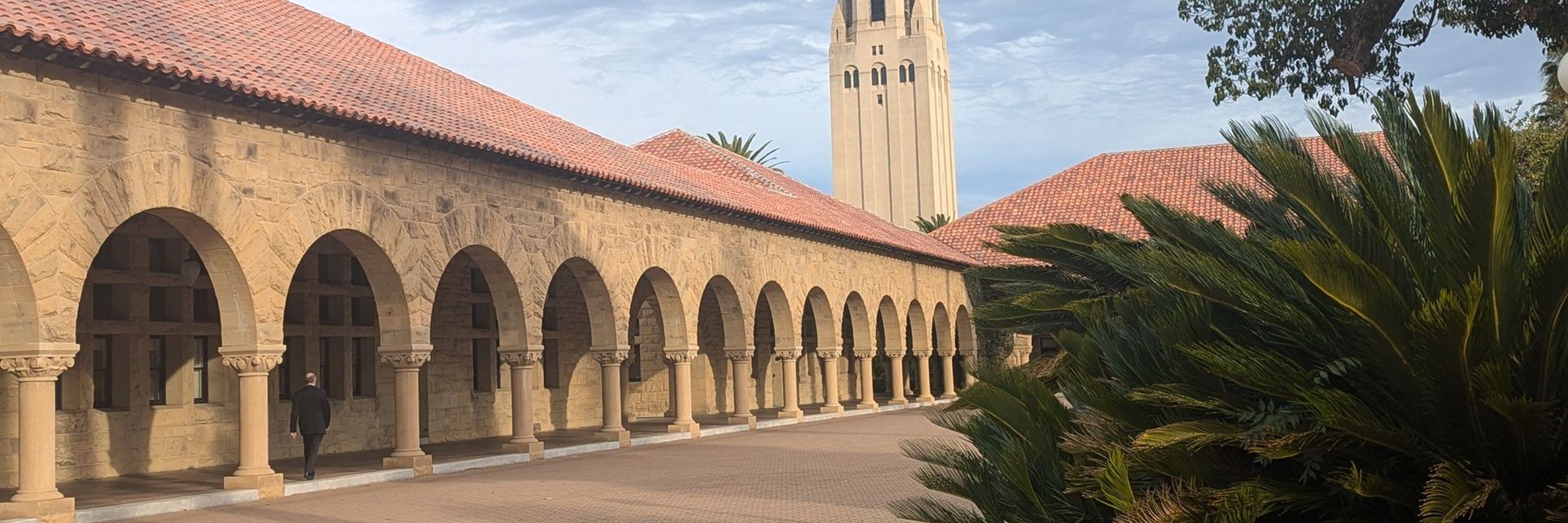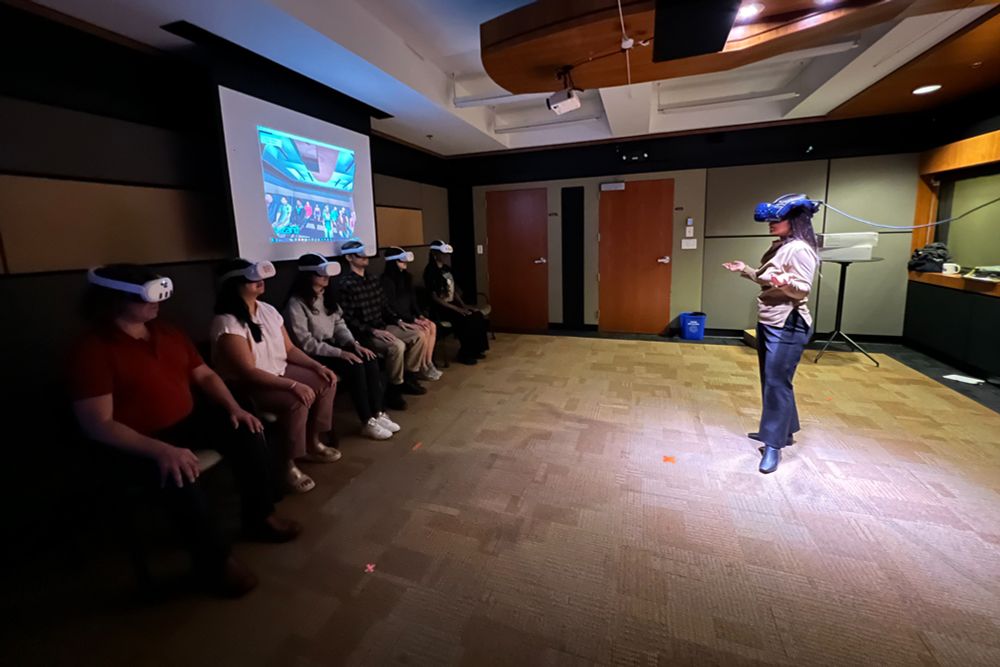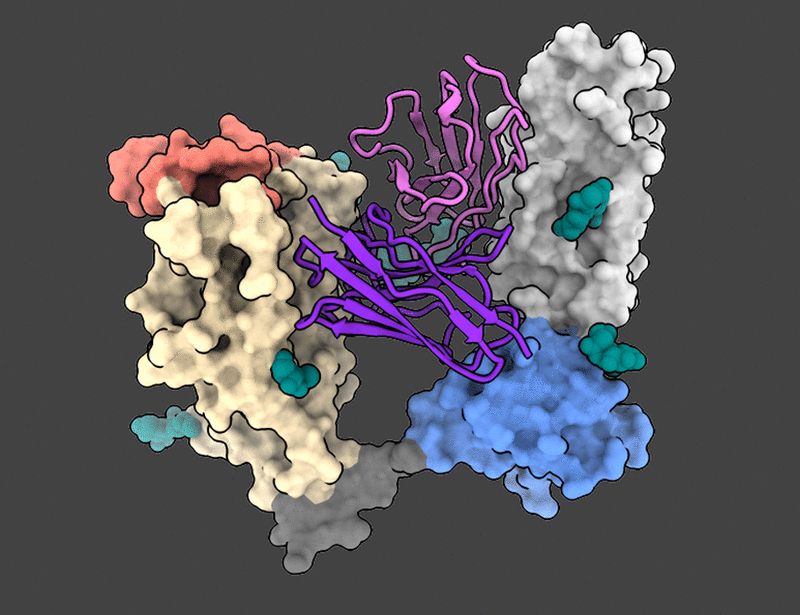
news.stanford.edu/stories/2025...

news.stanford.edu/stories/2025...
news.stanford.edu/stories/2025...

news.stanford.edu/stories/2025...
news.stanford.edu/stories/2025...

news.stanford.edu/stories/2025...
news.stanford.edu/stories/2025...

news.stanford.edu/stories/2025...
news.stanford.edu/stories/2025...

news.stanford.edu/stories/2025...
humsci.stanford.edu/feature/new-...

humsci.stanford.edu/feature/new-...

news.stanford.edu/stories/2025...

news.stanford.edu/stories/2025...
news.stanford.edu/stories/2025...

news.stanford.edu/stories/2025...


news.stanford.edu/stories/2025...

news.stanford.edu/stories/2025...
www.nytimes.com/2025/04/28/o...

www.nytimes.com/2025/04/28/o...



Bispecific antibodies targeting the N-terminal and receptor binding domains potently neutralize SARS-CoV-2 variants of concern | Science Translational Medicine www.science.org/doi/10.1126/...

Bispecific antibodies targeting the N-terminal and receptor binding domains potently neutralize SARS-CoV-2 variants of concern | Science Translational Medicine www.science.org/doi/10.1126/...
humsci.stanford.edu/feature/new-...

humsci.stanford.edu/feature/new-...
news.wsu.edu/press-releas...

news.wsu.edu/press-releas...

news.wsu.edu/press-releas...

news.wsu.edu/press-releas...



